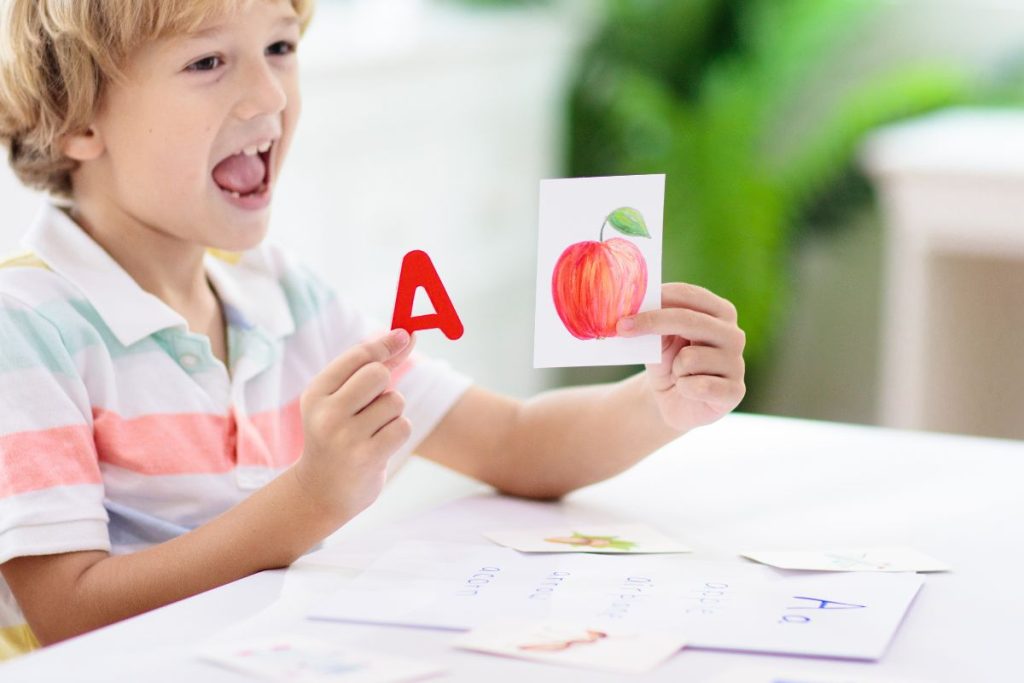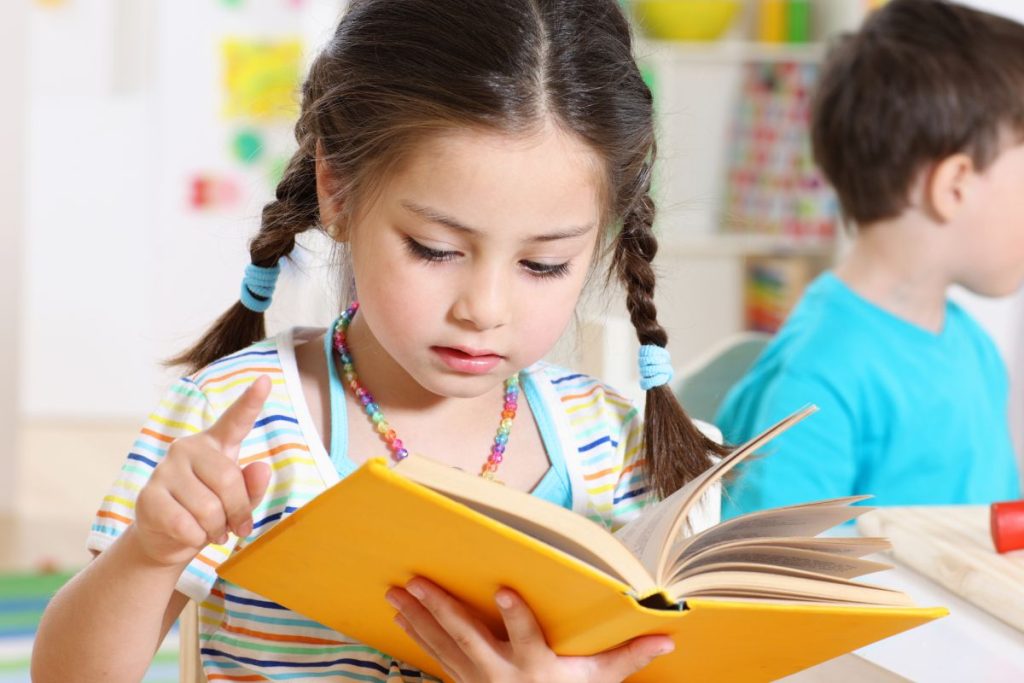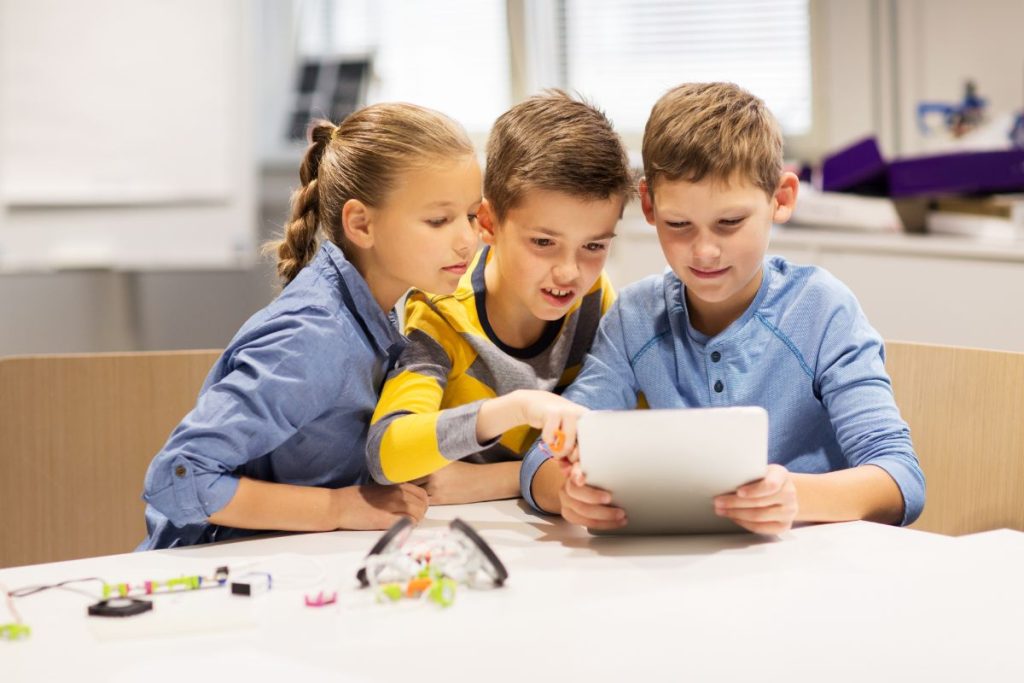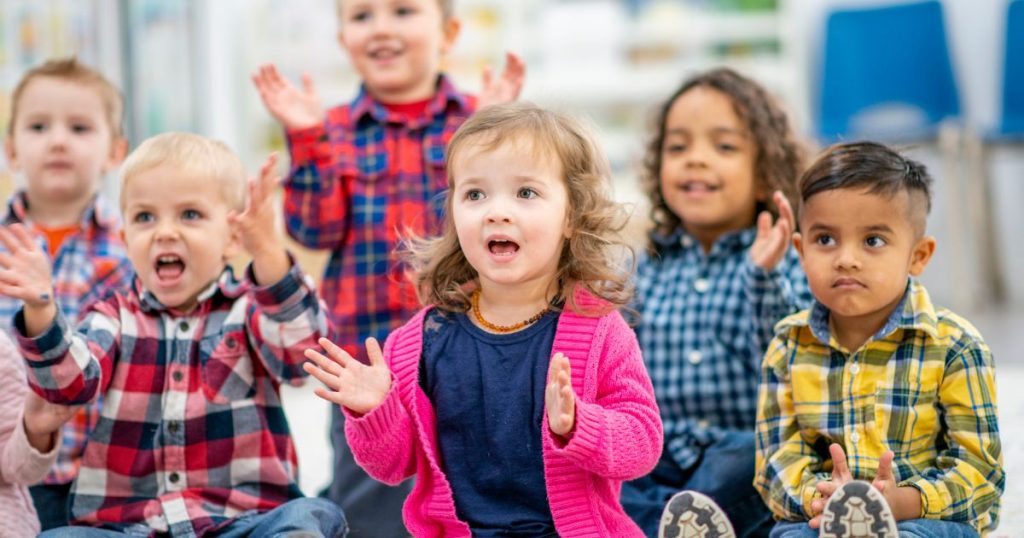Reading activities serve as building blocks in a child’s educational journey. Through these activities, kindergartners learn the fundamentals of language, enhancing their vocabulary, cognitive abilities, and creativity. Early reading not only cultivates a love for books but also profoundly influences their intellectual development. It prepares them for academic success, instills curiosity, and helps to understand the world around them. Therefore, incorporating reading activities in kindergarten is a significant step toward nurturing a well-rounded and intellectually stimulated child.
Phonics Fun

Embracing Sight Words
The introduction of sight words is an integral part of reading activities for kindergarten. These are words that kindergartners should recognize instantly without having to decode them. Incorporating sight words such as ‘the’, ‘and’, ‘it’, ‘is’ in your daily reading activities can help enhance their reading fluency.
Picture and Story Association
Picture and story association is another effective reading activity. It involves the use of picture books to tell a story. As your child flips through the pages, let them associate the pictures with the story. This activity not only improves their reading skills but also enhances their ability to connect ideas and comprehend stories.
Rhyme Time
Lastly, ‘Rhyme Time’ is a fun and interactive way to engage kindergarten students. Kids love rhymes and songs, and it’s a great way to teach them new words and concepts. You can read out nursery rhymes and encourage them to join in, or even better, let them tell you a rhyme. This activity will help them develop a sense of rhythm and melody in language, making reading a fun and enjoyable activity.
Picture Storytelling

Making Up Stories from Pictures
Picture storytelling is another exciting reading activity for kindergartners. Here, you use picture books without any written story. The idea is to let your child look at the pictures and make up their own story. For instance, you could use a picture book that features animals in a jungle. Ask your child to create a tale about the lion who lost its roar or the elephant who couldn’t remember where she left her baby. This activity not only fosters creativity and imagination but also enhances their ability to sequence events and form coherent narratives.
Interactive Storytelling
Interactive storytelling takes the reading experience a notch higher. Rather than just reading stories to your kids, incorporate elements that involve their active participation. For example, while reading “Goldilocks and the Three Bears”, you could ask your child, “What do you think Goldilocks saw when she entered the house?” or “How did the little bear feel when he saw his chair broken?” By doing this, you encourage your child to think, predict, and empathize with the characters. This activity helps develop their comprehension skills and makes reading a more interactive and engaging experience.
Story Sequencing
Story sequencing is an excellent reading activity to develop a child’s understanding of the beginning, middle, and end structure of a story. You can use simple story cards or pictures and ask your child to arrange them in the correct order of the story. You could use familiar tales like “The Three Little Pigs” for this activity. After arranging the sequences, let them retell the story in their own words. This activity helps reinforce the concept of story structure and improves their narrative skills.
Interactive Reading Apps

Embracing Technology
In the digital age, technology has become an integral part of education, and reading activities are no exception. Educational applications designed for kindergartners make learning more engaging and interactive. These apps usually have colorful, vibrant interfaces with fun characters, making reading an exciting adventure for your little ones.
Top Apps for Kindergarten Reading Skills
Two excellent apps to help kindergartners develop their reading skills are ABCmouse and Starfall Learn to Read.
ABCmouse
ABCmouse offers a comprehensive learning program with over 10,000 activities, including reading, math, science, and art. It introduces reading through fun and interactive games, songs, and beautifully illustrated books. This app presents a full online curriculum in a step-by-step manner, allowing children to learn at their own pace.
Starfall Learn to Read
Starfall Learn to Read is another fantastic app that focuses on phonics. The app takes the learner through an exploration of letters and sounds, all complemented by delightful animations. Children can participate in fun activities, such as making words using phonemes.
Both of these apps turn learning into a fun experience, making your child look forward to their reading time. They not only help improve reading skills but also instill a love for learning at an early age. So, why not give them a shot and make reading a fun-filled journey for your kindergartner?
Rhyme Time: Making Learning Fun

Rhymes and songs have a magical way of making learning enjoyable for kids. With their catchy tunes and repetitive lyrics, they can help kindergarten students grasp new concepts faster and retain them for longer periods.
The Power of Rhythm and Repetition
Just think about it – how often have you found yourself humming a rhyme or a song from your childhood? This is the power of rhythm and repetition. Not only does it aid memory retention, but it also helps in teaching new words, their sounds, and their usage in sentences.
Rhyme Time Activities
Consider a simple rhyme like “Old MacDonald Had a Farm”. This classic rhyme can be used as a fun reading activity where children learn the sounds of different animals. As you sing along, point to the pictures of the animals in the book and encourage the child to follow along. This not only reinforces the animal names but also their associated sounds, enhancing their vocabulary and phonetic skills.
Another popular rhyme is “Five Little Monkeys Jumping on the Bed”. This fun rhyme can teach kindergarten students counting backward, as well as the concept of subtraction in a playful way.
Making Rhyme Time Interactive
To make rhyme time more interactive, incorporate gestures and actions. For instance, while singing “The Itsy Bitsy Spider”, use your fingers to mimic the spider’s actions. This not only makes the activity more engaging but also supports motor skill development.
Rhymes and songs are an excellent way to make reading activities fun, engaging, and educational. So, why not make the most of them in your kindergarten reading curriculum? Let the magic of rhymes unlock the joy of learning in your little ones!
Read and Craft

Combining Reading with Craft Activities
One of the most interactive reading activities for kindergarteners involves combining the joy of reading with the fun of crafting. This multi-sensory approach allows children to engage both their cognitive and creative skills, enriching the learning experience.
For instance, after reading Eric Carle’s “The Very Hungry Caterpillar”, you can engage your child in a simple craft activity where they create their own colorful caterpillar using construction paper and buttons. As they create, encourage them to retell the story in their own words. This not only reinforces what they’ve just read, but also allows them to express their understanding in a tangible form.
Engaging Kids in Multi-Sensory Learning
Multi-sensory learning is not only fun but also supports deeper comprehension and retention. Children get to explore the story from multiple angles and express their understanding in creative ways.
Take the story “Goldilocks and the Three Bears” for example. After reading the story, you can engage your child in a craft activity where they make the three different-sized bowls using clay or playdough. This hands-on activity not only reinforces the concepts of size differentiation mentioned in the story, but also nurtures their fine motor skills.
These multi-sensory reading activities can take learning beyond the pages of a book, making reading a fun, engaging, and creative experience for your kindergartner.
FAQ
What are the activities for kindergarten literacy?
Activities for kindergarten literacy are instrumental in fostering children’s language development. Here, educators can use a variety of tools, such as word games, alphabet puzzles, and even theatrical performances of stories. For instance, kids can enact the story of “The Three Little Pigs”, each playing a character. This exercise not only reinforces story structure and sequencing but also encourages team play and communication skills.
What are some reading strategies for kindergarten?
Reading strategies for kindergarten include methods such as ‘picture reading’, where children are encouraged to narrate a story by looking at the pictures in a book. Another effective strategy is ‘paired reading’, where the teacher and student read a text together. This can help the child feel more confident and less pressured as they learn to read.
What can you do in a kindergarten reading group?
Kindergarten reading groups are a great way to foster a love for reading and promote peer learning. In a reading group, children can take turns reading aloud from a shared book, which can enhance their reading fluency and comprehension. For an engaging activity, you can introduce ‘reader’s theater’, where kids dramatize a script derived from a favorite story. It’s not only fun but also reinforces the concept of dialogue and characterization.
Conclusion
The journey of learning and exploring through reading is an exciting one, especially for kindergarteners. The myriad of reading activities, from rhyme time and craft integration to the interactive play of a reading group, all contribute to building a strong foundation for literacy. These activities not only hone their reading skills but also instill a lifelong love for books and learning. Remember, the goal is not to rush the process but to make it enjoyable and meaningful. As parents and educators, our role is to guide, encourage, and celebrate every little progress. So, let’s continue to make learning a joyous journey for our little ones.
